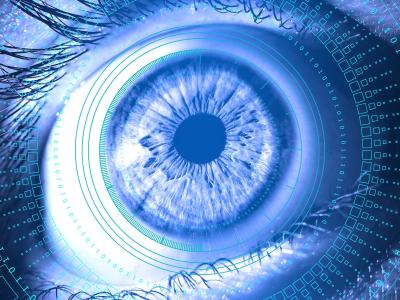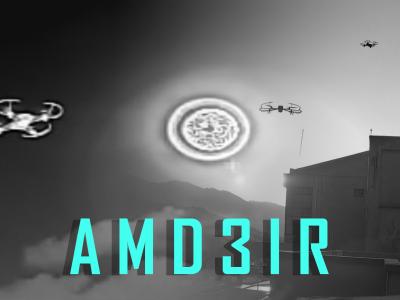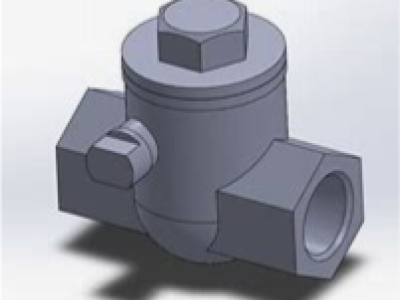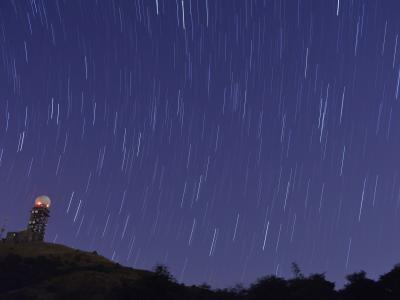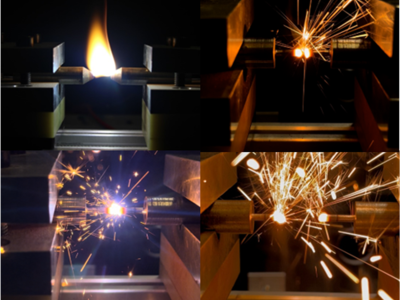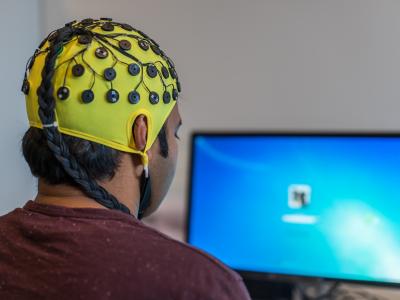
To promote research on flash photography for portrait matting, this work construct the first flash/no-flash portrait matting dataset. It consists of more than 100 diverse videos captured using the green screen, in total con-taining 3,025 well-annotated alpha mattes, named Flash-No-Flash Matting Dataset.
- Categories:
